|
|
The world’s insect population is on the decline. Based on research compiled from 16 studies, insect populations declined by 45% in the last four decades.
Yes, you can find bugs in your kitchen, the forest, the office. They are by far the most common lifeform on Earth. Over 1.5 million different species of insects have been identified. Scientists believe that’s only a fraction of their totality. But researchers are becoming increasingly concerned about the implications of an insect population collapse.
Busy? Try the speed read.
The scoop: 40% of insect species are at risk of extinction.
Why it matters: We need bugs to survive and thrive.
- Pollination: Pollinators pollinate plants; we need them to keep doing that.
- Pest control: Paradoxically, predatory and parasitic insects kill pests.
- Decomposition: Some insects are primary or secondary decomposers. They serve an important function to clean-up animal waste.
- Food security: Many mammals, birds, reptiles and amphibians depend on bugs for food. They are a quick and easy resource for a nutritious meal.
- Research and innovation: Technology mimics nature (think birds and planes). Researchers can observe the ethology of insects and learn new ways to innovate. An example? Ant colony optimization in computer science.
What’s causing the insect decline: Habitat loss from agriculture and urbanization is the #1 driver. Agro-chemical pollutants (think pesticides), invasive species and climate change also play a role. You can check out some cool charts and figures below to learn more.
How to help: Contribute to the fight against pesticides, support or start a small farm, and educate others about the importance of insects. A more positive perception of ‘bug people’ can also lead to change.
Bottom line: We need bugs to survive, yet insect populations are on the decline. This issue deserves more recognition.
Dig deeper → 4 min
The prevalence and purpose of insects
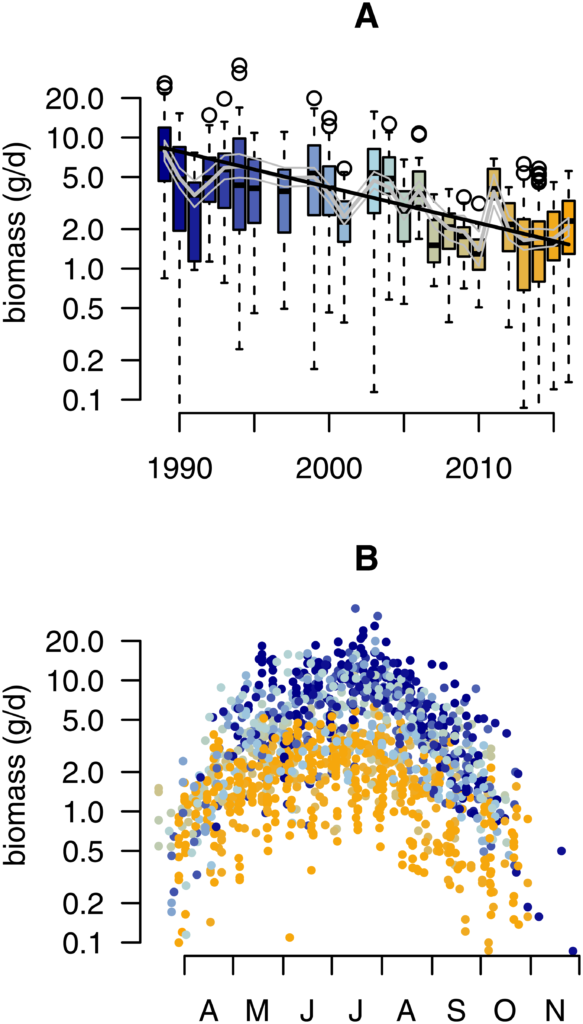
Biomass, in this context, is the total mass of organisms in a given area or volume. Biomass is also a type of renewable energy derived from plant and animal materials (you can learn more about it here). Basically, if you took a giant 300-foot tall bucket and weighed all the insects in these 63 protected wildlife areas, you would have a 75% lighter bucket after 27 years.
Unfortunately, this German study is not an exception to global trends. Tropical and temperate climates face similar bug problems. This study from Biological Conversation found that over 40% of insect species are at threat of extinction. Moths and butterflies, pollinators like bees, and dung beetles are most at risk.
Similar research published in January 2021 observed 16 studies and determined that insect populations had declined by 45% in the last four decades.
We need insects to survive
There are over a billion insects per human on Earth, and the majority of them play a critical role in the existence and persistence of humans. If the insect population continued to decline, human populations would inevitably follow suit.
I talk a lot about the omnipresence of anthropocentrism in the climate and sustainability movement. This is just another example of how humans depend on Nature as much as (if not more than) Nature depends on humans. NatGeo wrote a great piece a few years ago about why we need bugs to survive.
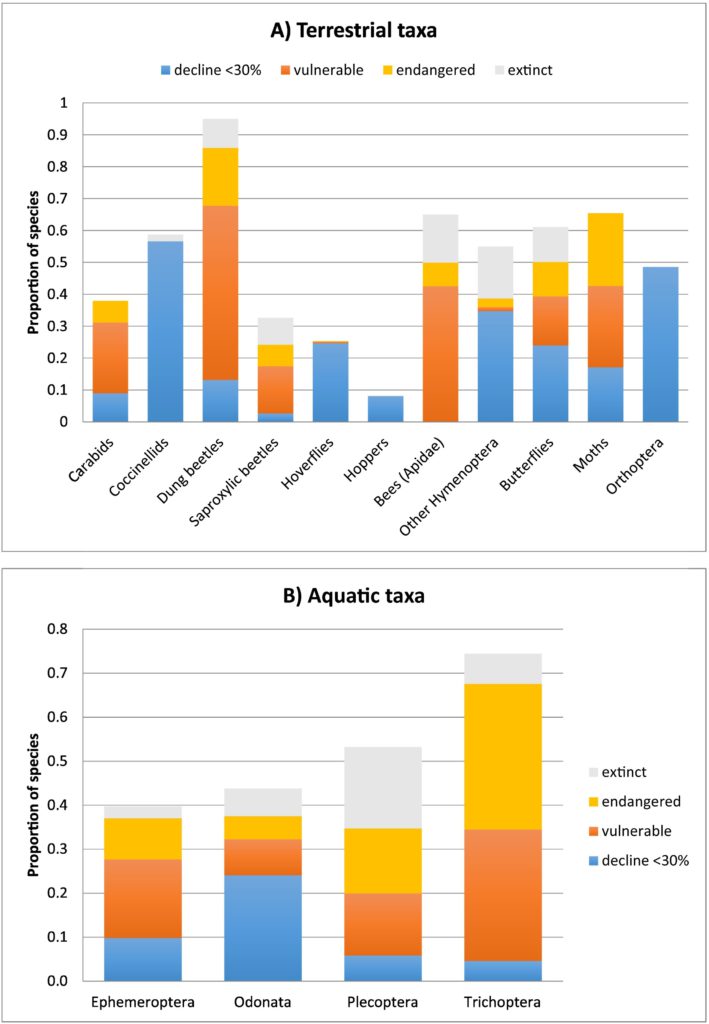
A few reasons why we need insects
Pollination: This is a seemingly obvious one. I’m sure you’ve seen the ‘save the bees’ campaigns. There’s a method to the madness.
The truth is: without the process of pollination, many fruits, flowers and vegetables wouldn’t exist, and the world would have a lot less produce.
Pest control: I know, this one seems like an oxymoron, but it’s true. Predatory and/or parasitic insects play an important role in controlling pest populations.
Decomposition: Some insects are primary or secondary decomposers.
That means they help take care of dead animals (and sometimes humans) and other waste that would only become an issue if these helpful decomposers didn’t exist.
Food security: Insects serve as a nutritious food source for many animals and humans. Reptiles, birds, amphibians and mammals alike depend on insects for food and staying healthy.
Research and innovation: Lastly, researchers can learn a lot from observing Nature. The modern airplane was inspired by bird flight.
Computer scientists created an algorithm called ‘ant colony optimization’ that was inspired by the societal structure of ant colonies. If you observe an individual ant, it is a quite simple, unsophisticated creature.
But when you combine the behaviors of thousands of ants and observe the colony as a whole, a web of simple creatures can create something quite sophisticated. Ant colony optimization combines a web of simple algorithms and is able to serve a more sophisticated function.
Why the insect population is declining
Habitat loss from agriculture and urbanization: More building and farming = less insects. Bugs have a hard time thriving in artificial human environments. The wilder, the better for creepy crawlers.
- How to help? Support or start a small farm. We need more open pastures where insects can flourish. Small family farms are on the decline. These somewhat forgotten rustic gems are notorious for being flush with insect life. Due to their tendency for overgrown weeds and untouched wild plants, these lands are suitable for critters and crawlers.
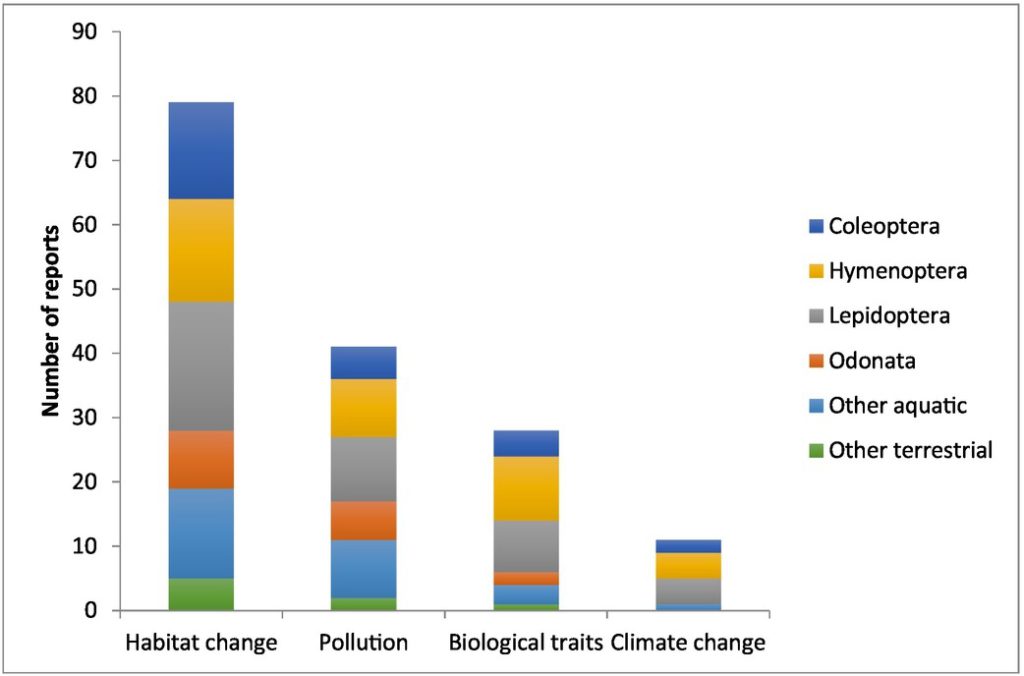
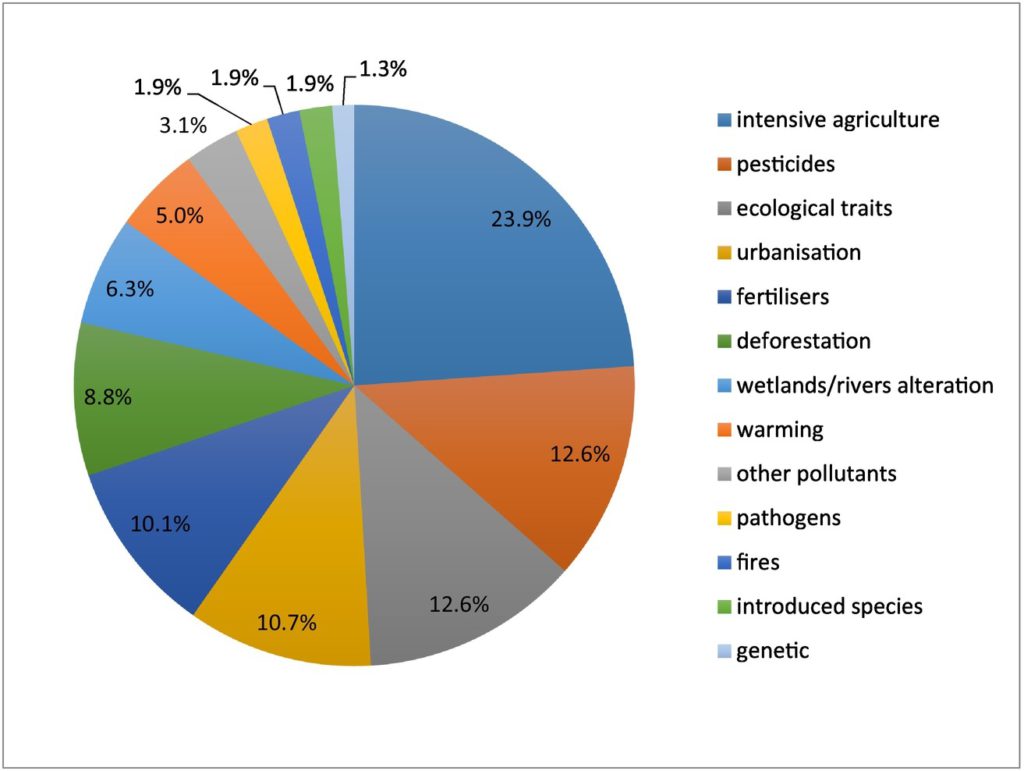
Agro-chemical pollutants: Factors like pesticide-use and acidification are negatively impacting insect populations in the farmiest parts of the world.
- How to help? Support local politicians, especially in farm-friendly areas, that will vote against the widespread use of pesticides and support agroecology. Ecologically sensitive areas need more bugs, and massive industrial farm areas need bugs even more.
Invasive species: Insect biological control has allowed hundreds of harmful invasive pests to persist worldwide.
Climate Change: Like I said in my weekly newsletter, climate change gets the most coverage, but there are stronger drivers of environmental and ecological depletion we can address. Each of these factors intersect in one way or another, and if we can focus on land conservation efforts that limit or eliminate deforestation, urbanization and pollution, we will be in a much better position to tackle climate change.
Insect populations matter
We need bugs to live, yet the world’s insect population is on the decline. And very few people are talking about it. Habitat loss is the number one driver of that downward trend.
Allowing more open land with weeds and greens (and without pesticides) will help build insect populations back up again.
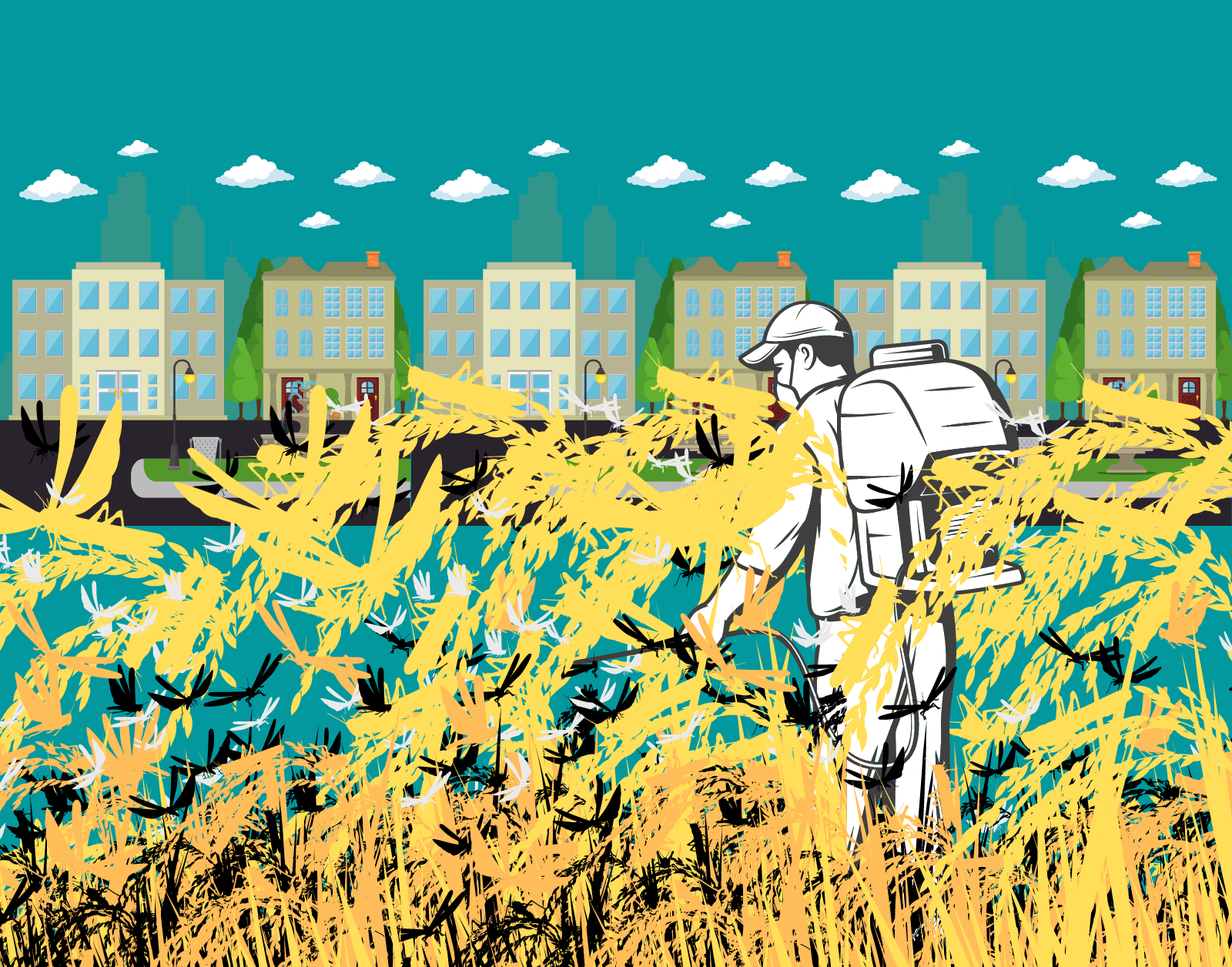



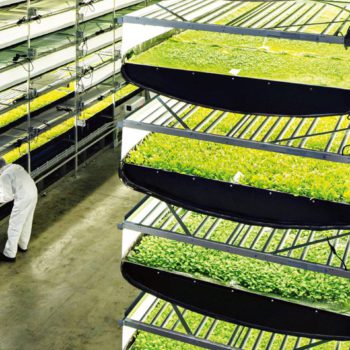


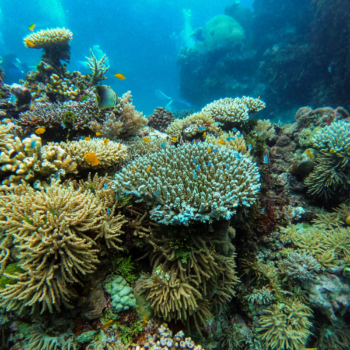

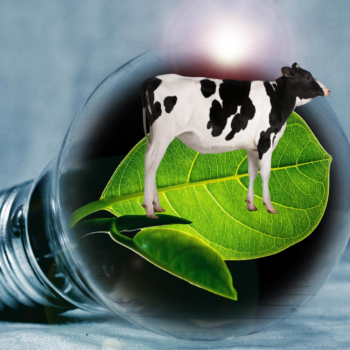



No Comments